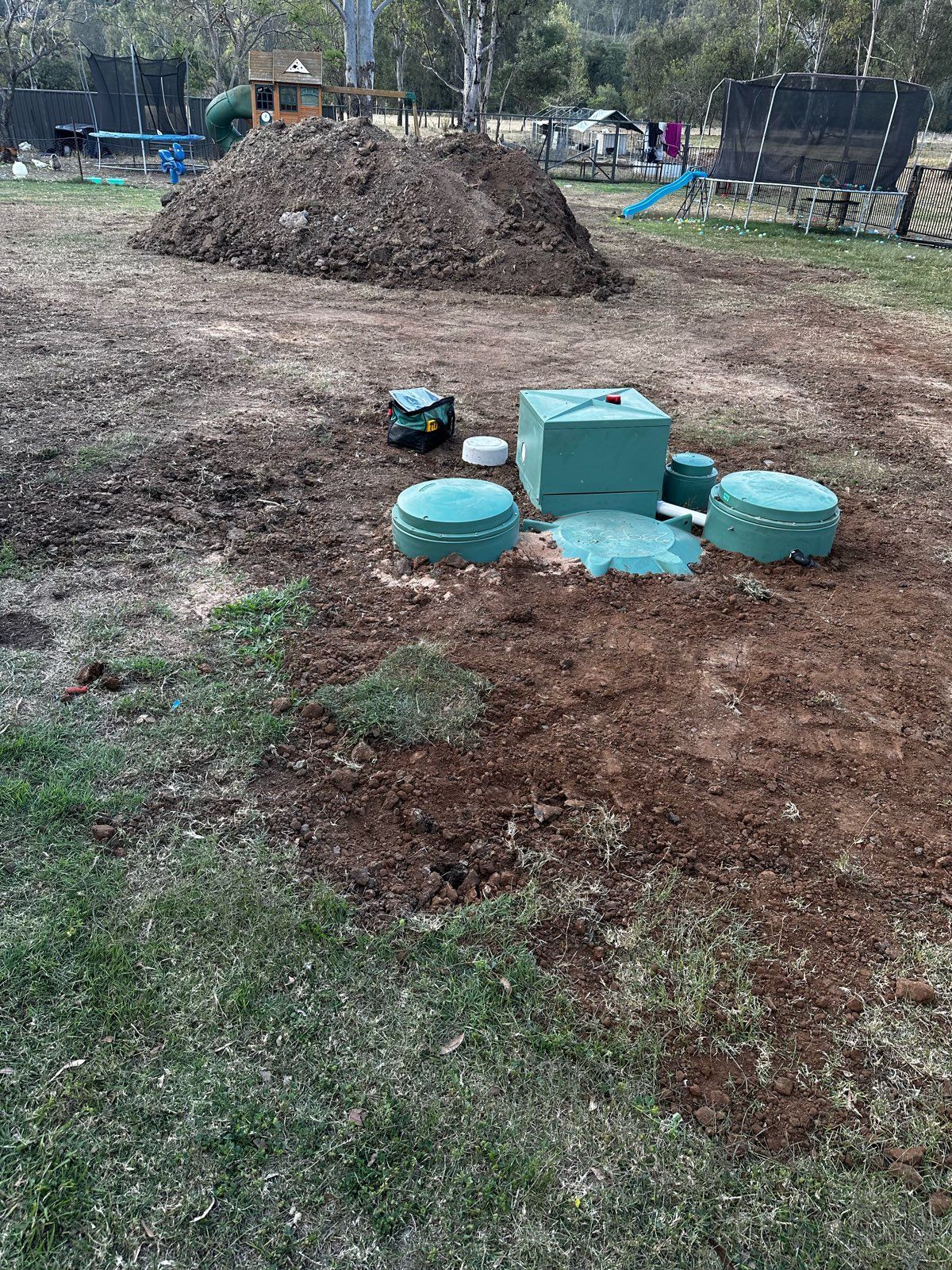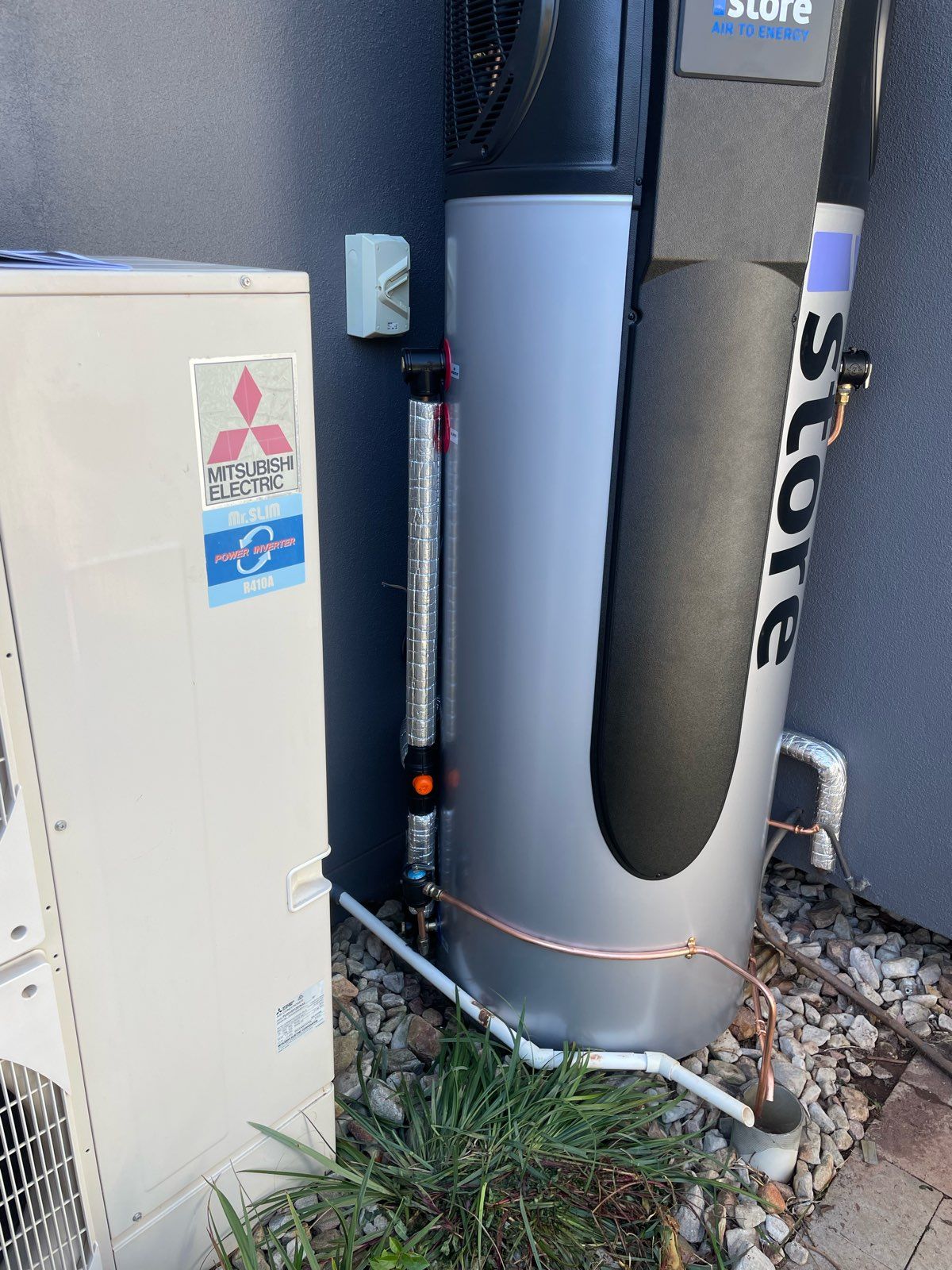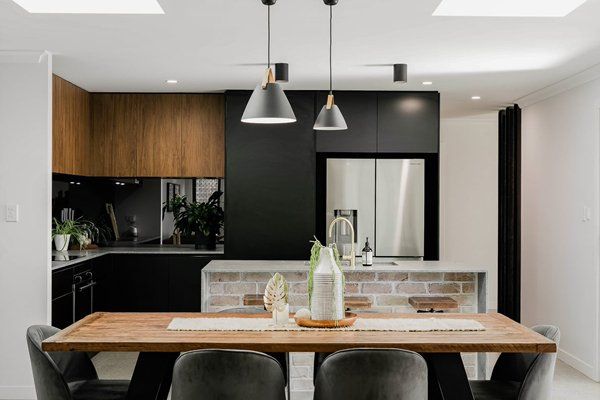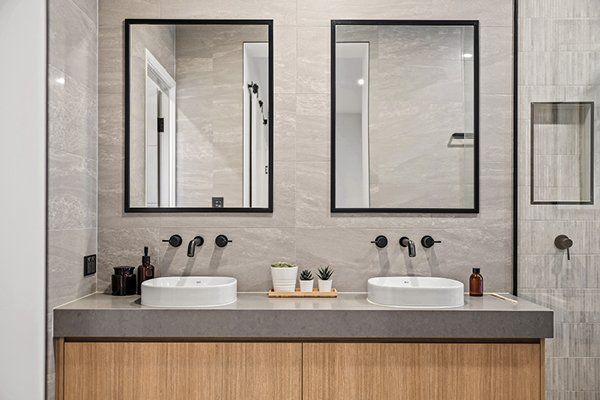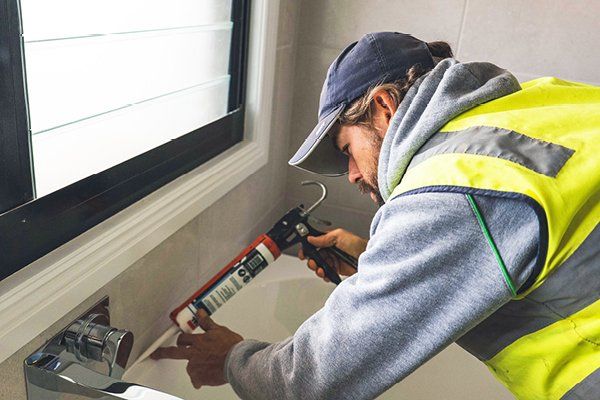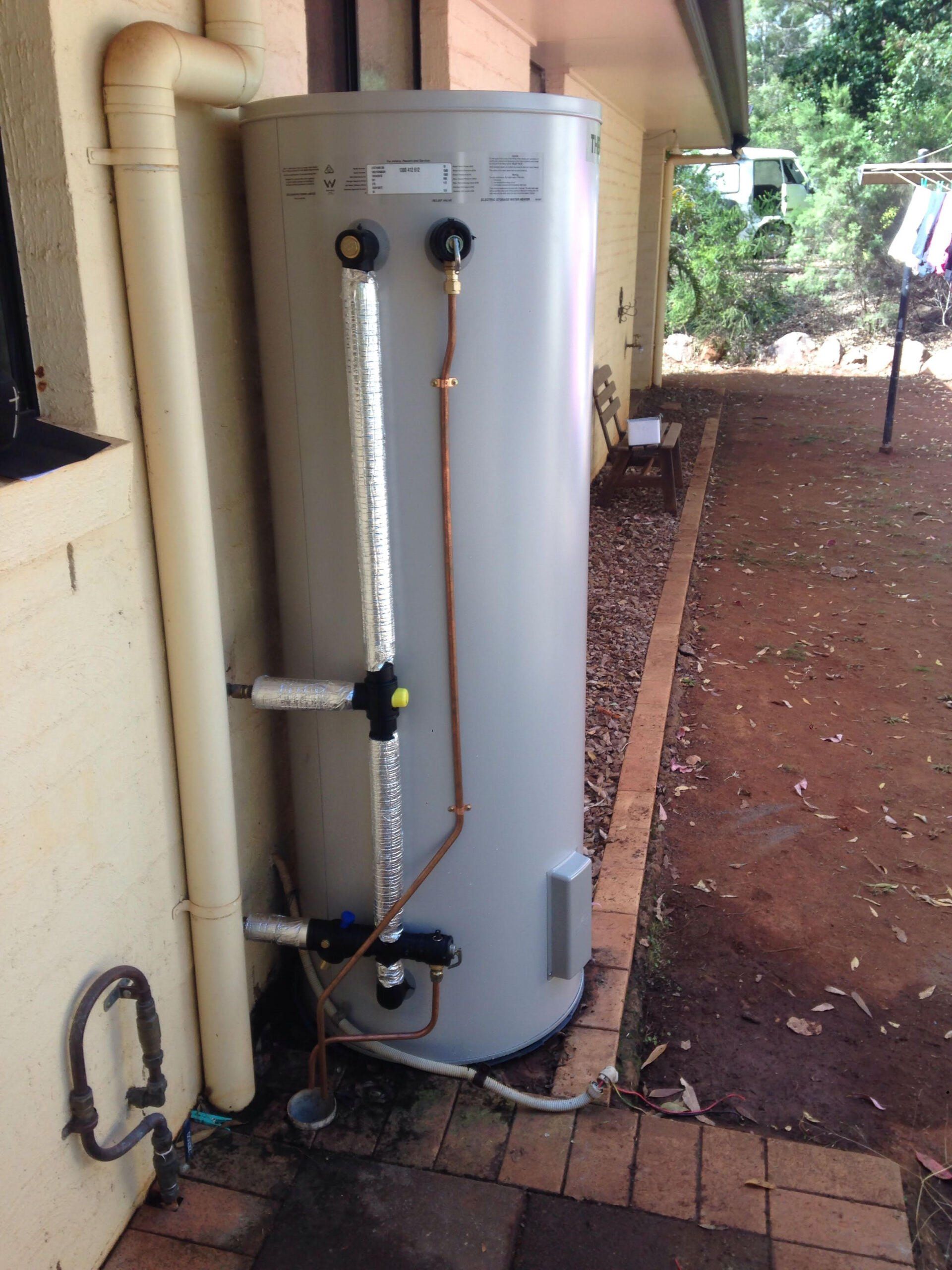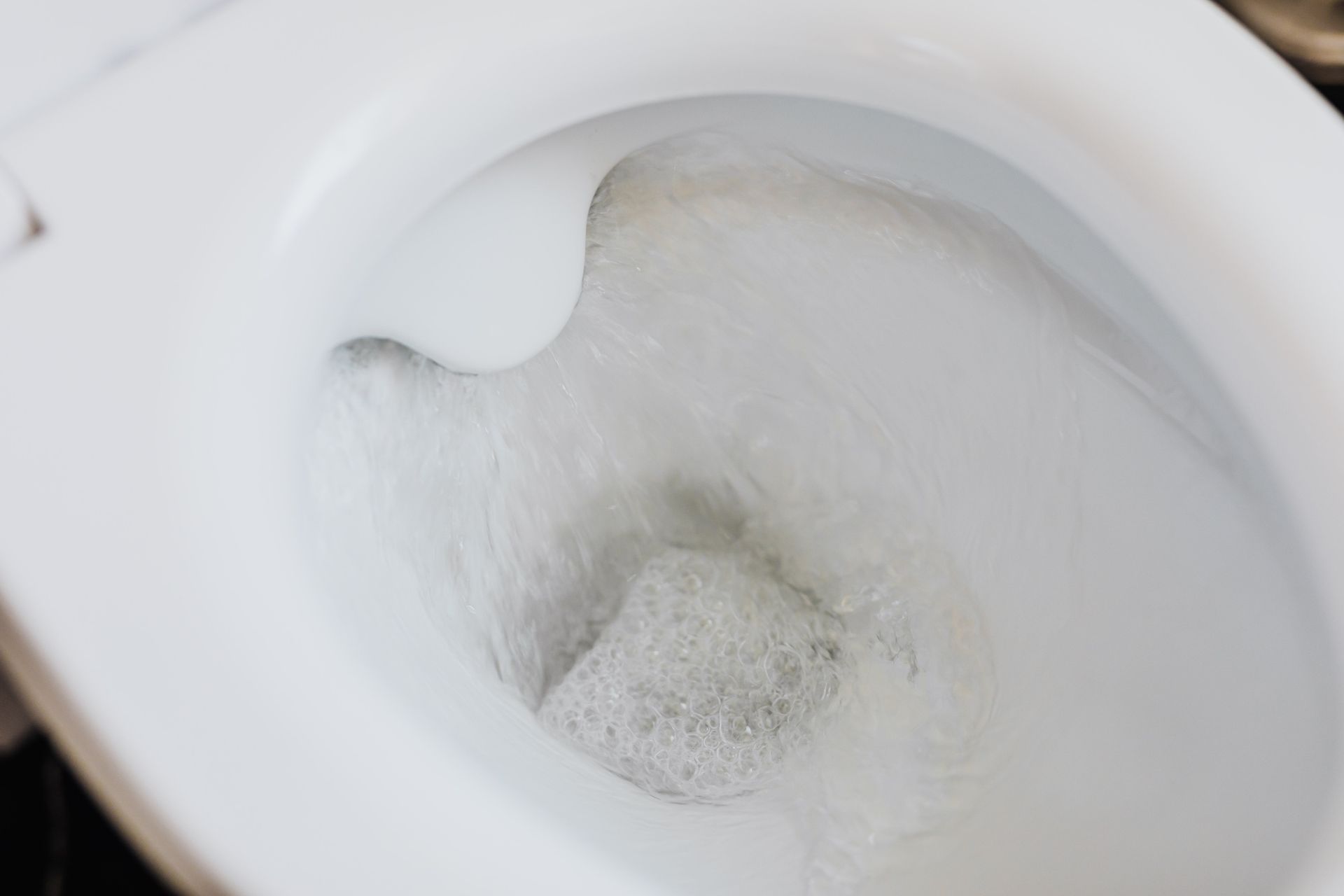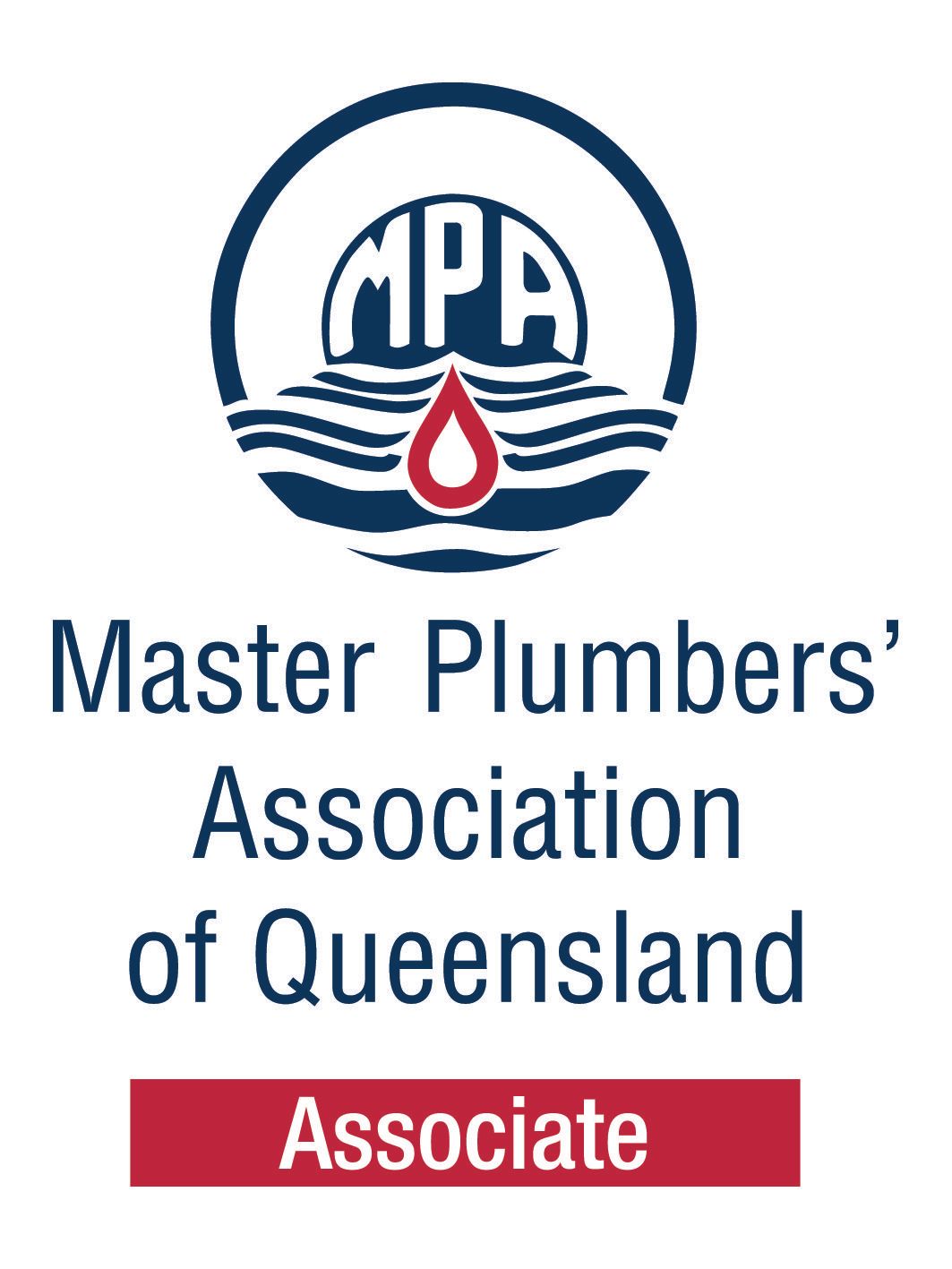When should I replace my old plumbing?
Toowoomba is full of old homes, and while many of them have been renovated beautifully; the floors refinished; the walls painted; and the kitchens and bathrooms replaced. Often the plumbing is a component of your homes’ structure that many people have failed to think of. Out of sight, out of mind, tends to be the motto that most use when it comes to their plumbing, they only think of the components they can see - taps that are starting to rust or leak… toilets that are blocked, as opposed to the components that they cannot see, that is, until they experience a problem. So while you might have a beautiful new bathroom and kitchen in your old house, perhaps what’s hidden behind your walls is not quite so beautiful…
If your home is getting on in age, you may be wise to think about the state of the plumbing that you can’t see. Your plumbing is responsible for supplying safe, clean water to each outlet in your home, and for removing waste water and human waste. When it starts to fail it can be very costly with potential water damage to your home from leaks and burst pipes, or even health issues.
So if you can’t see what is going on behind the walls, ceiling and floor of your home, how do you know when your plumbing might need replacing?
Most different types of pipework have an expected lifespan, while this may change dependent on environmental factors and maintenance you can expect theses approximate life spans from each plumbing type:
Brass: 40 to 70 years
Copper: 50 or more years
Galvanised steel: 20 to 50 years
Cast iron: 75 to 100 years
Polyvinyl chloride: Indefinitely
While most plumbing materials have a very long lifespan, often there are components that make up your system (like joins or fittings) that may not have as significant a lifespan and may therefore be inclined to fail before you’d expect.
What are the signs that you might need to investigate the state of your homes’ plumbing?
Discoloured water
Discoloured water, particular brown coloured water may indicate that your water pipes are corroded and rust particles are in your water.
Leaks
While some leaks are obvious, with water pooling, and obvious water damage. Others are a little more covert. If you notice that a particular room has a wet or musty smell, that you have some discolouration on your wall/ceiling or mould growing, it might be time to investigate the cause.
Smelly water
If you have noticed that your water has an unpleasant odour, it’s best not to drink it. It could be a sign of bacteria growth or a build up of mould in your pipes.
Blocked or slow drains
Often blocked or slow drains and signify that there is an issue with your waste water plumbing. While it may only be a blockage that is easily cleared, it could also signify that your waste water pipework is blocked due to corrosion or breakages.
A reduction in water pressure, or less pressure than you would expect
A change in water pressure, or low water pressure can signify a potential issue with your pipework, from leaks to corrosion. Low water pressure is caused when there is either a loss of water on the way through your pipes or the space the water has to travel through your pipes has been reduced.
If you suspect that your plumbing system might not be quite up to scratch, take note of the issues that you have noticed that lead you to these suspicions and give us a call on
0439 648 390 to come and investigate. Early identification of these issues will often save you lots of money on the repair of the damage they cause!
EXPLORE MORE
